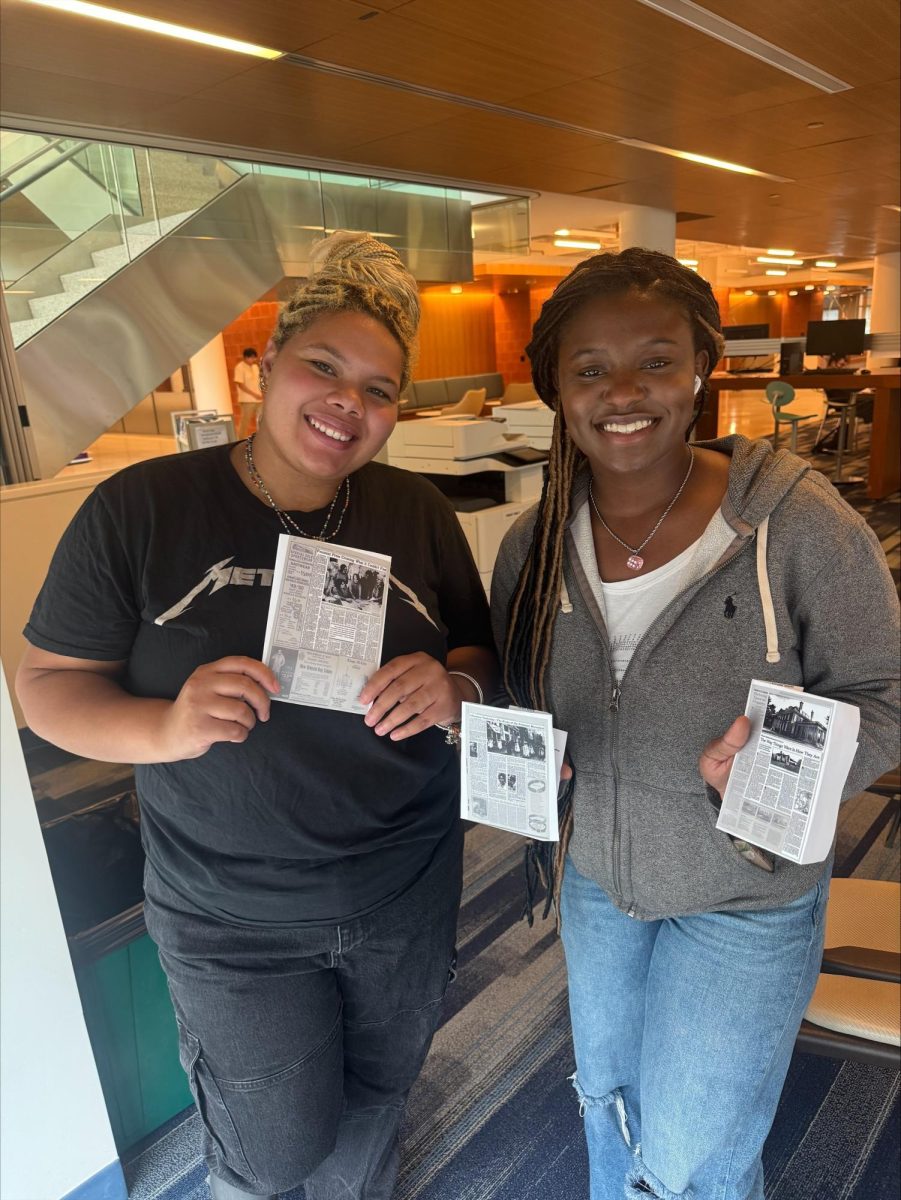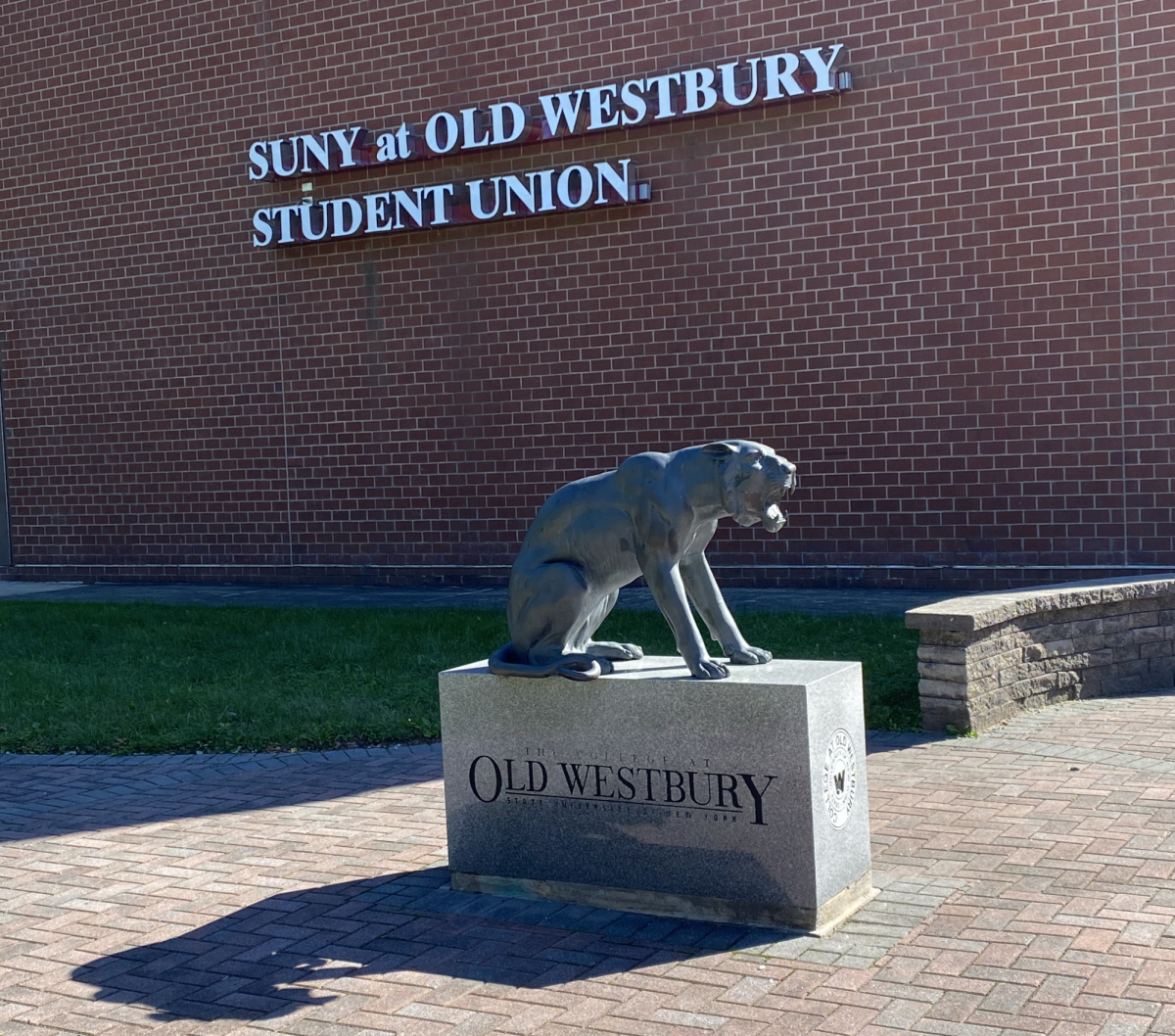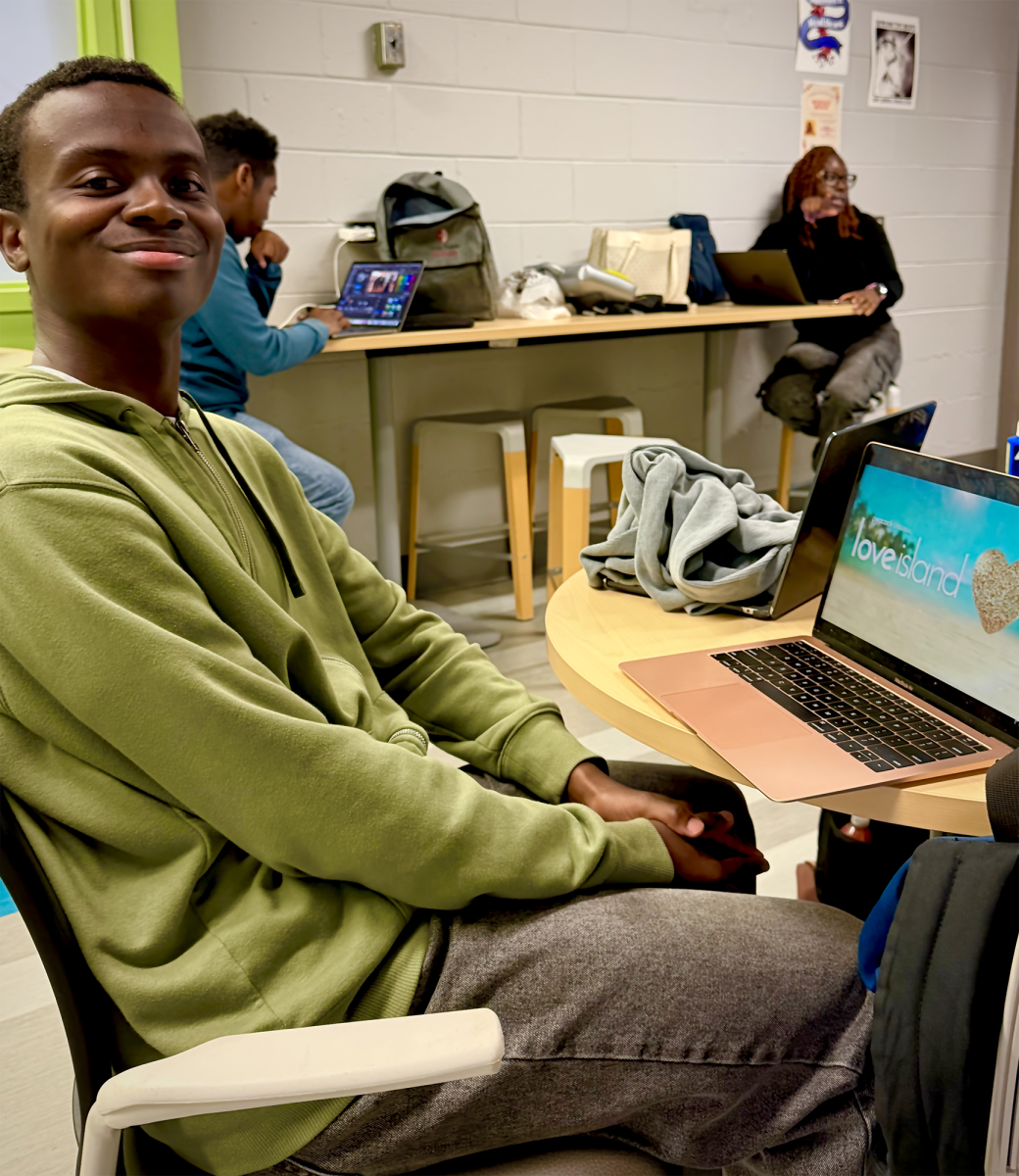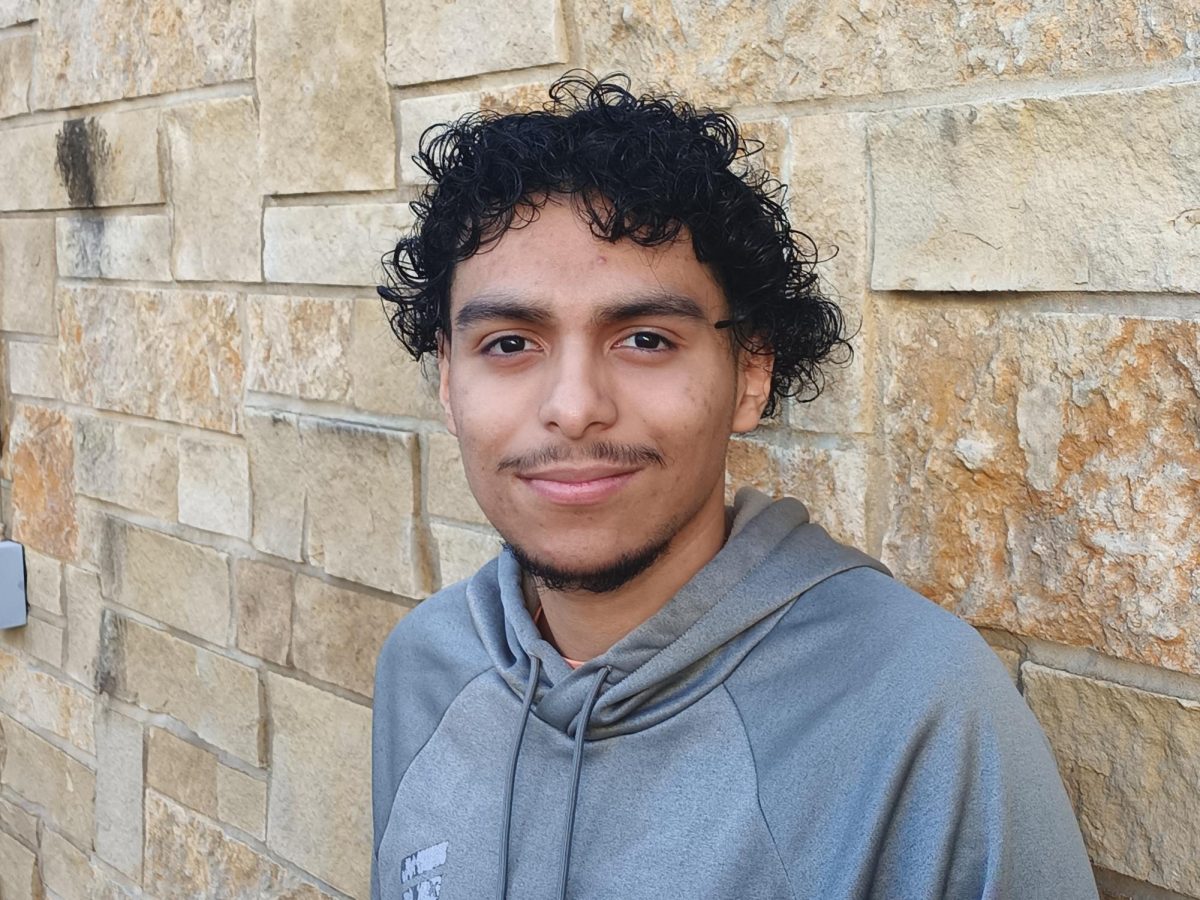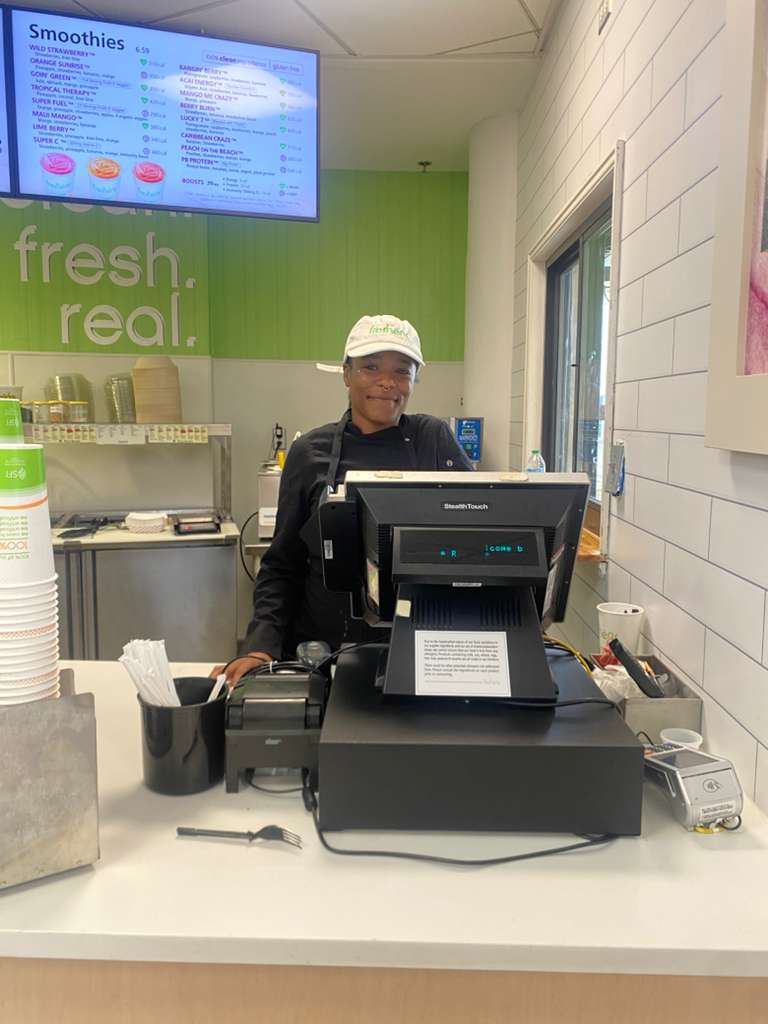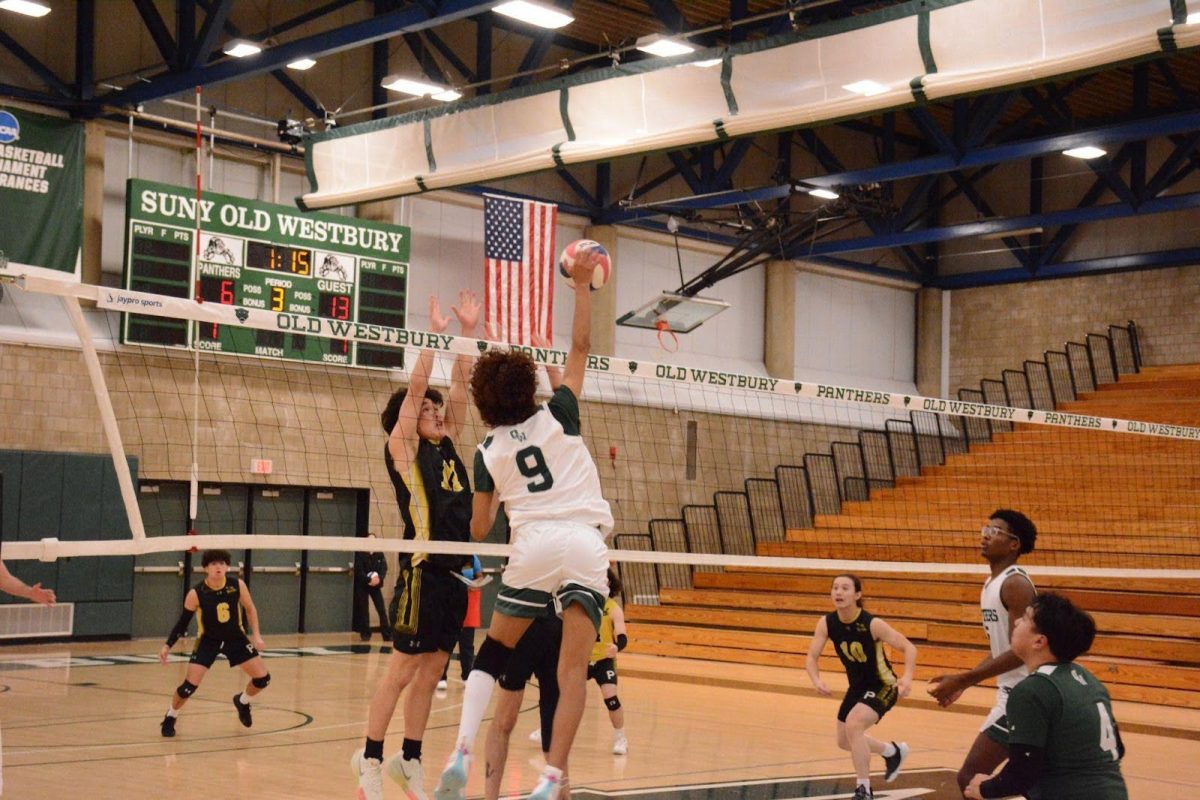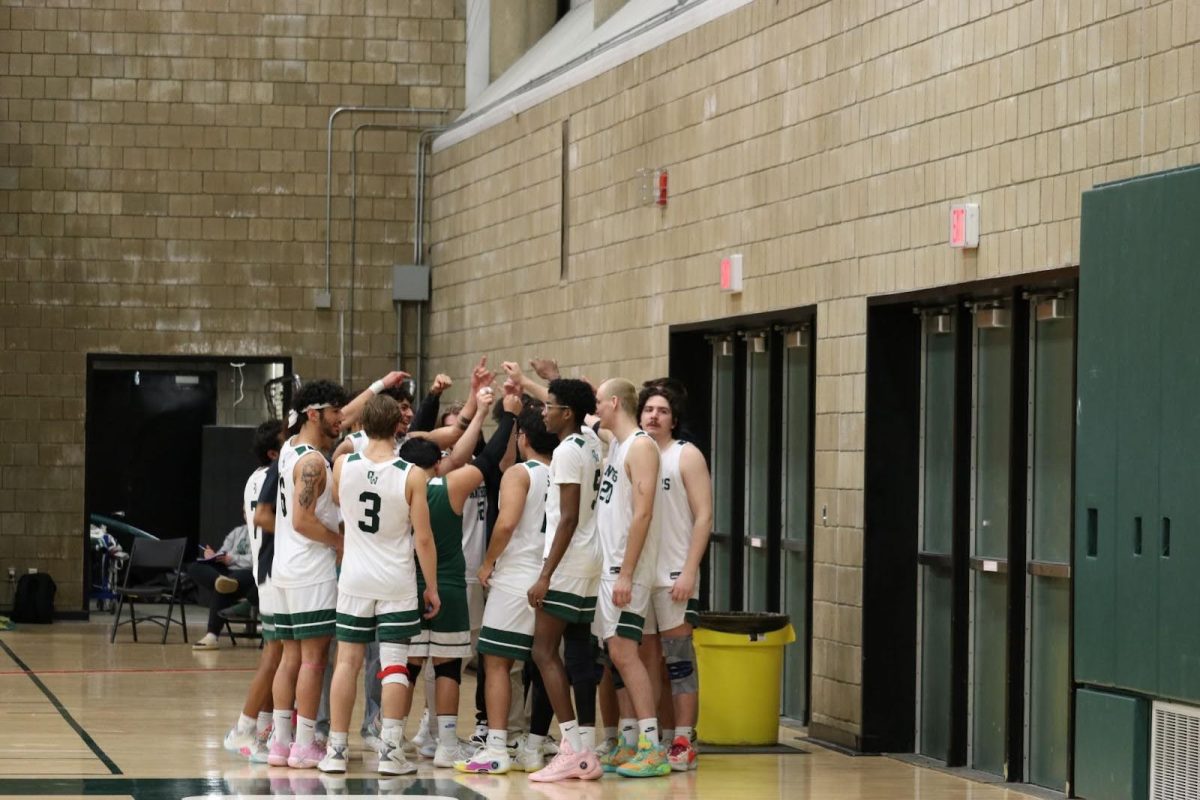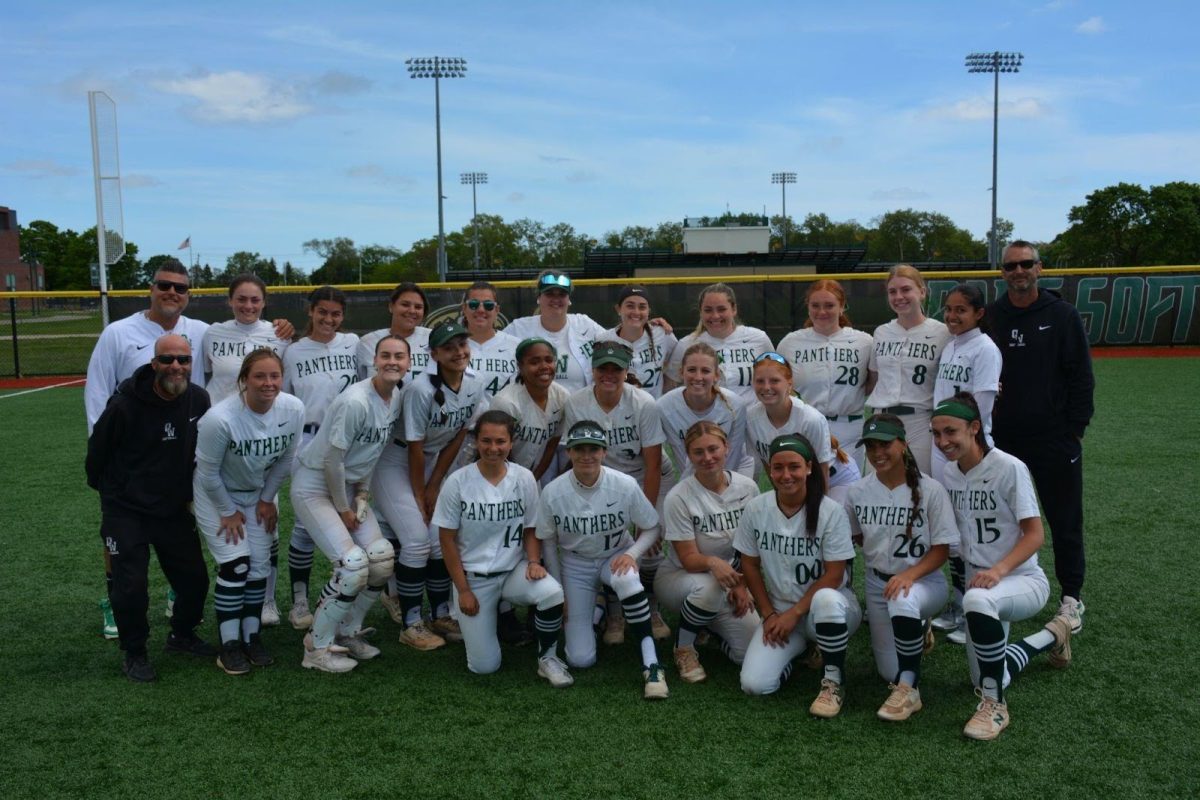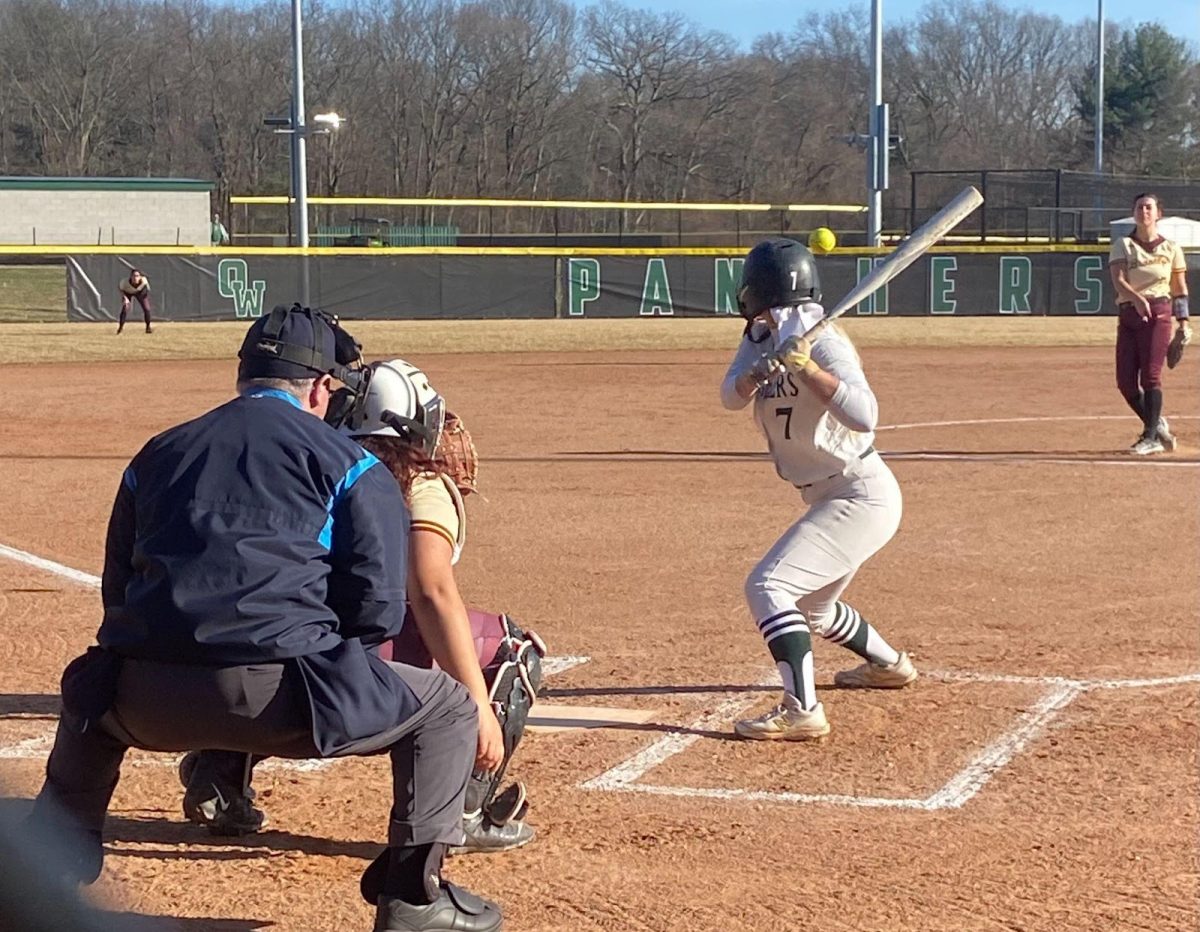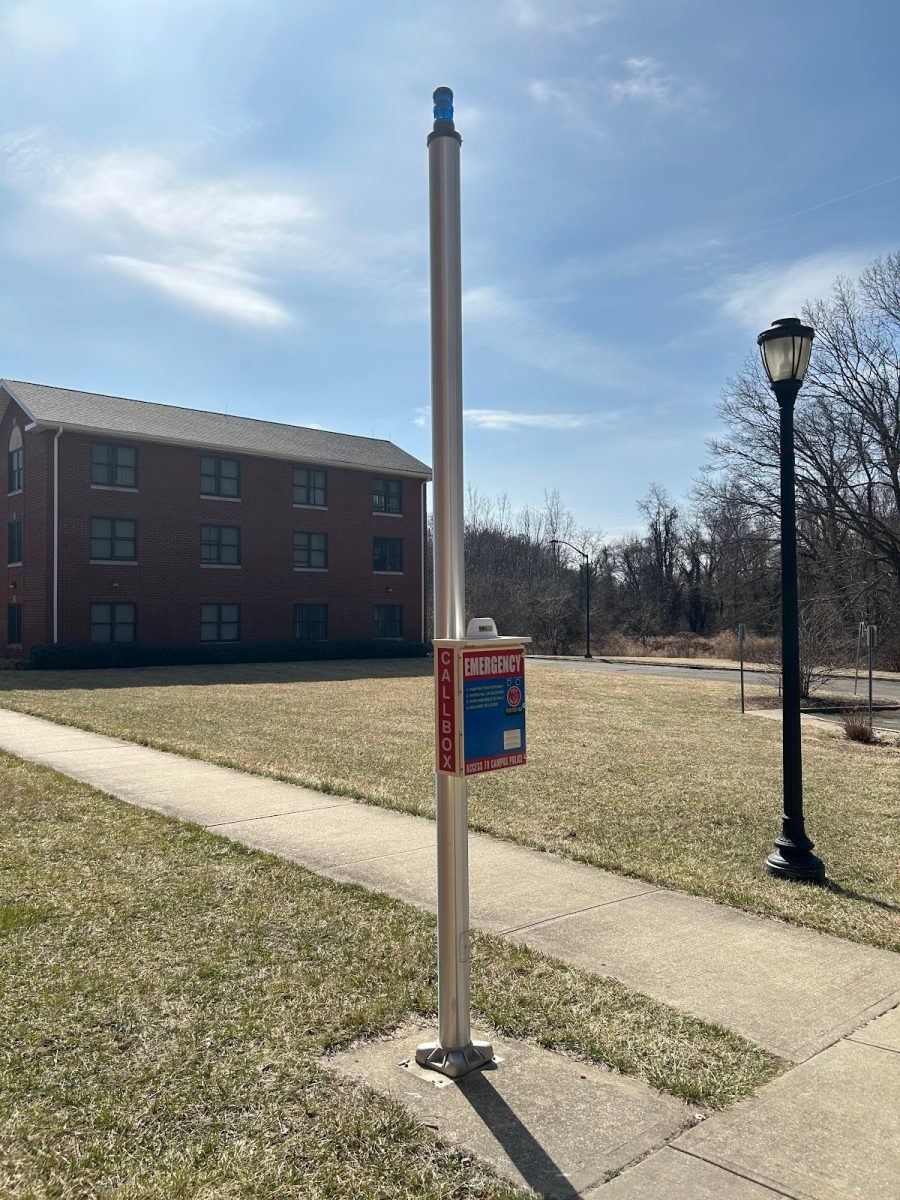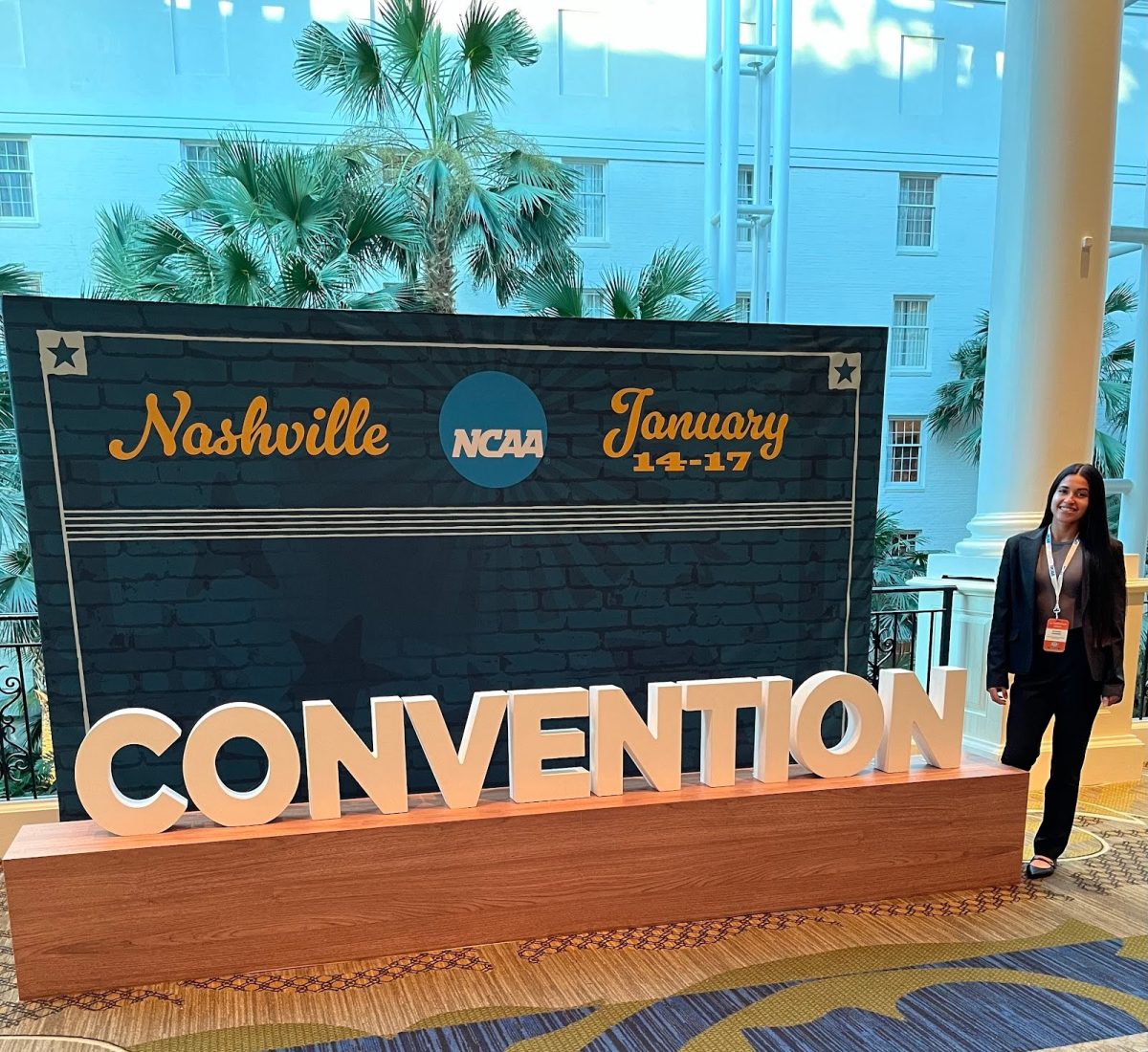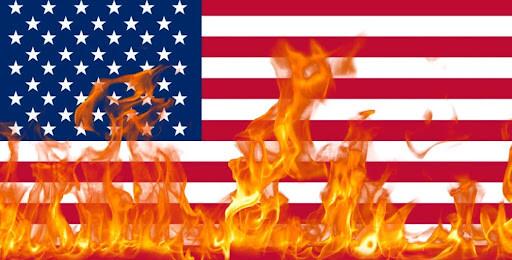
Sixty years ago, a group of people were set on a mission to help end segregation laws. Lasting from May 4th through December 10th, 1961, the Freedom Riders planned to put black and white people together in groups and ride in interstate buses into the Deep South, intentionally violating Jim Crow laws.
The cause of the Freedom Rides was very simple: to have black and white people sit together in buses, terminals, and other interstate travel-related facilities designated only for white people, with the intention of deliberately violating segregation laws in the south and challenging the Supreme Court’s Boynton vs. Virginia decision. What they hoped was to eventually end these racist laws.
On the first day that the rides began, an integrated group of people set on their trip from Washington D.C. to New Orleans, not knowing what was to happen in the days to come.
While the first few days of the ride were uneventful, they were reaching closer to the Deep South. Approaching Alabama on day 11, one Freedom Rider named Mae F. Moultrie Howard, recalls, “It was such a beautiful day… The sky was blue. And it was just a beautiful scenery. We didn’t have a sense of fear,” (Freedom Riders).
This serenity didn’t last long when the Riders got into Anniston, Alabama. The group was attacked, to say the least, by members of the Ku Klux Klan and other hateful racists in the surrounding area. This was only a precursor to more that was to come.

For months on end, several waves of Freedom Riders kept on traveling to the South when others could not continue. They went through torment, beatings, attempted mass murders, arrests, imprisonment, and much more. Yet, they never gave up.
Between May and December of 1961, the Freedom Riders from different religions, different races, and those from all over the country became part of the movement. They experienced a great deal of inhumane actions from fellow Americans. However, the movement never died.
After months of the rides, protests, and violence, with the involvement of the president, military, the media, and others, the Interstate Commerce Commission (ICC) made the decision on September 22nd, 1961, to completely outlaw “discriminatory seating practices on interstate bus transit” in the Deep South and remove “Whites Only” signs from bus station terminals by November 1st (PBS).
With much fighting and perseverance, the Freedom Riders got what they initially wanted: the freedom for all Americans to exercise their right to peacefully sit together, integrated on public transportation and to enforce their constitutional right of “liberty and justice for all.”
The Freedom Riders are a perfect example of what it’s like to fight for something you believe in and persevere until you can’t fight any more. Many of the Riders were first-generation college students who were about to graduate, yet they risked their lives for the cause knowing what could have happened to them.
The 2011 documentary Freedom Riders written, directed, and produced by Stanley Nelson, Jr., depicts the obstacles that the Freedom Riders faced in 1961. Not only does the film showcase actual archival footage and photography from that time period and real depictions of the occurrences, but it also contains interviews from some of the Freedom Riders and other witnesses and government officials who involved themselves. The documentary is an extremely touching and moving film that everyone should watch at least once in their lives. It can be viewed through PBS’ website here.



